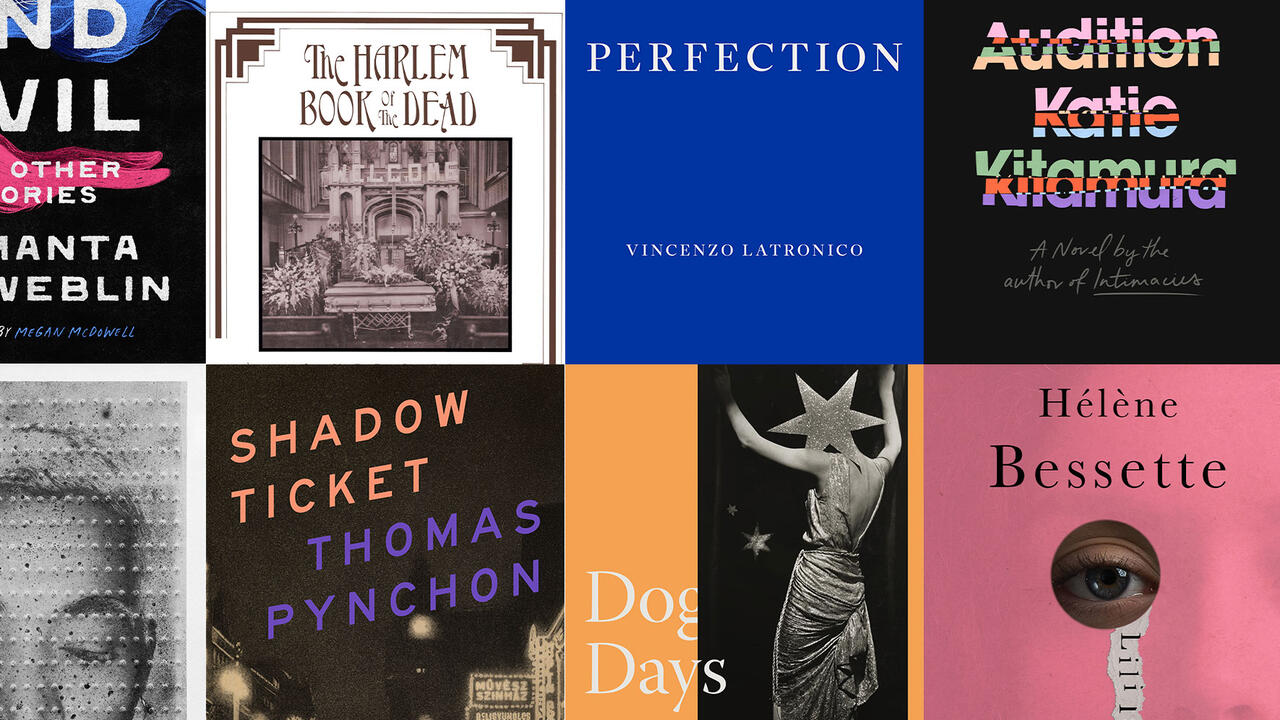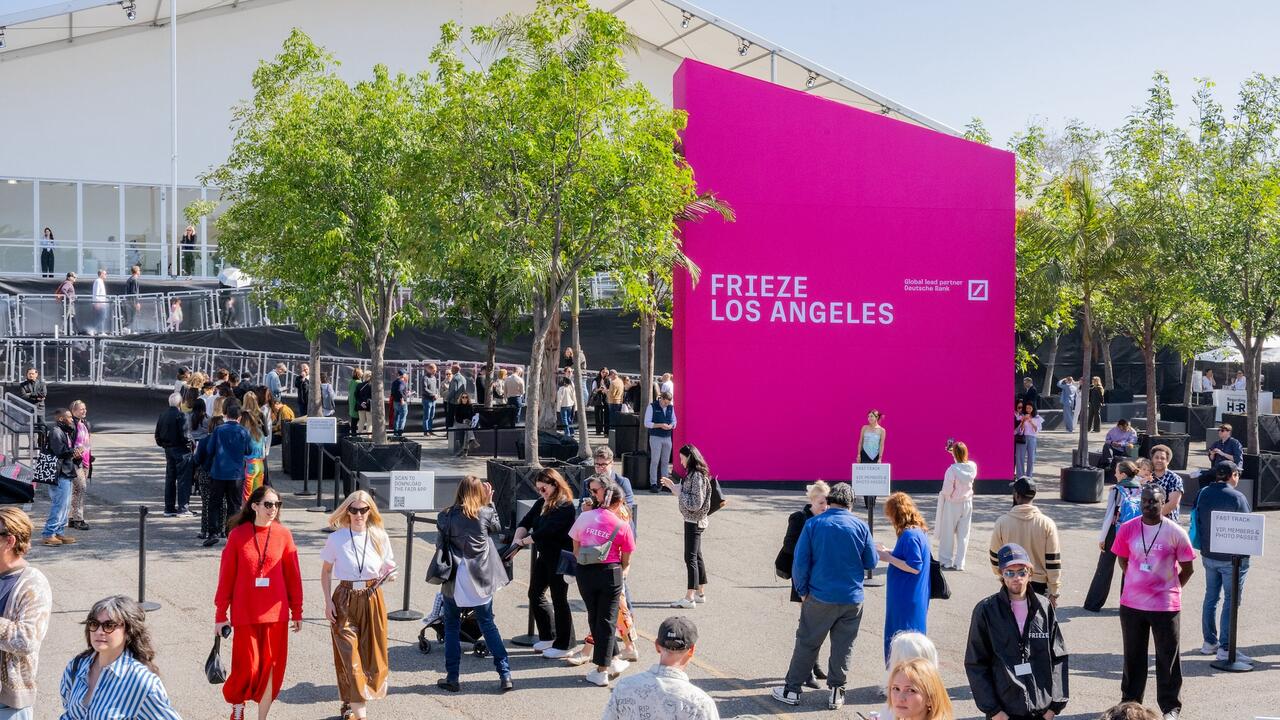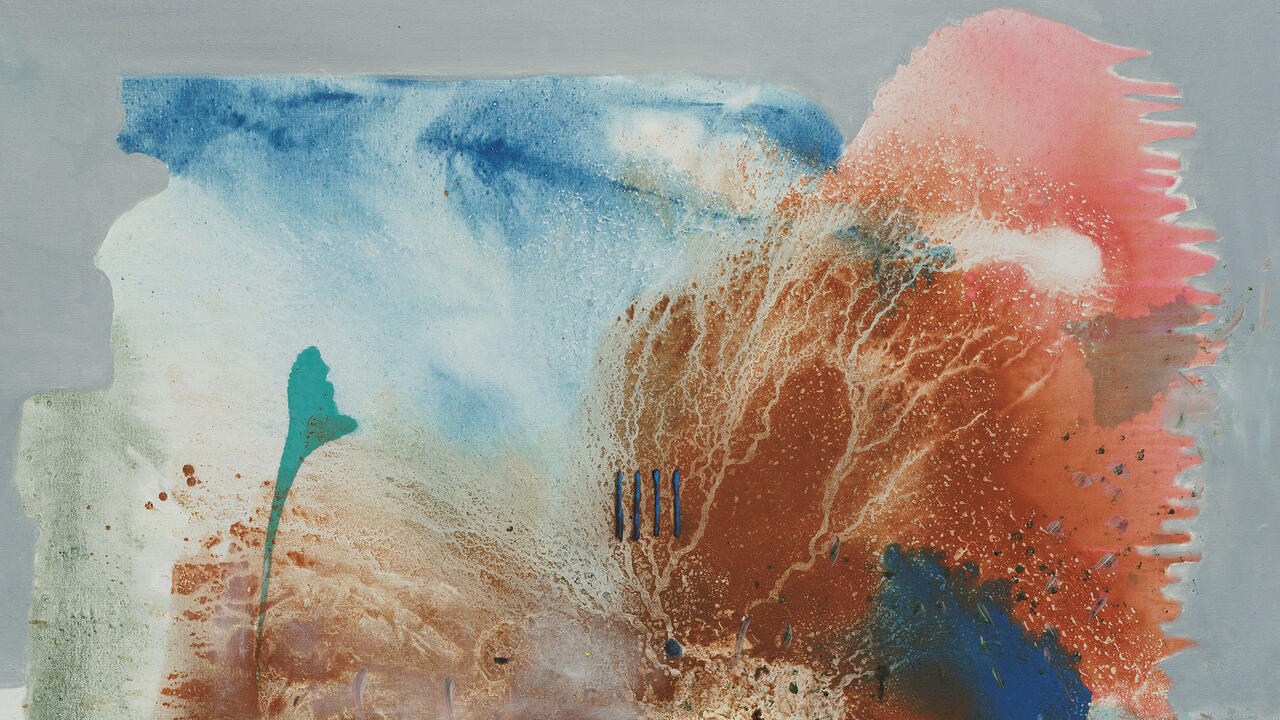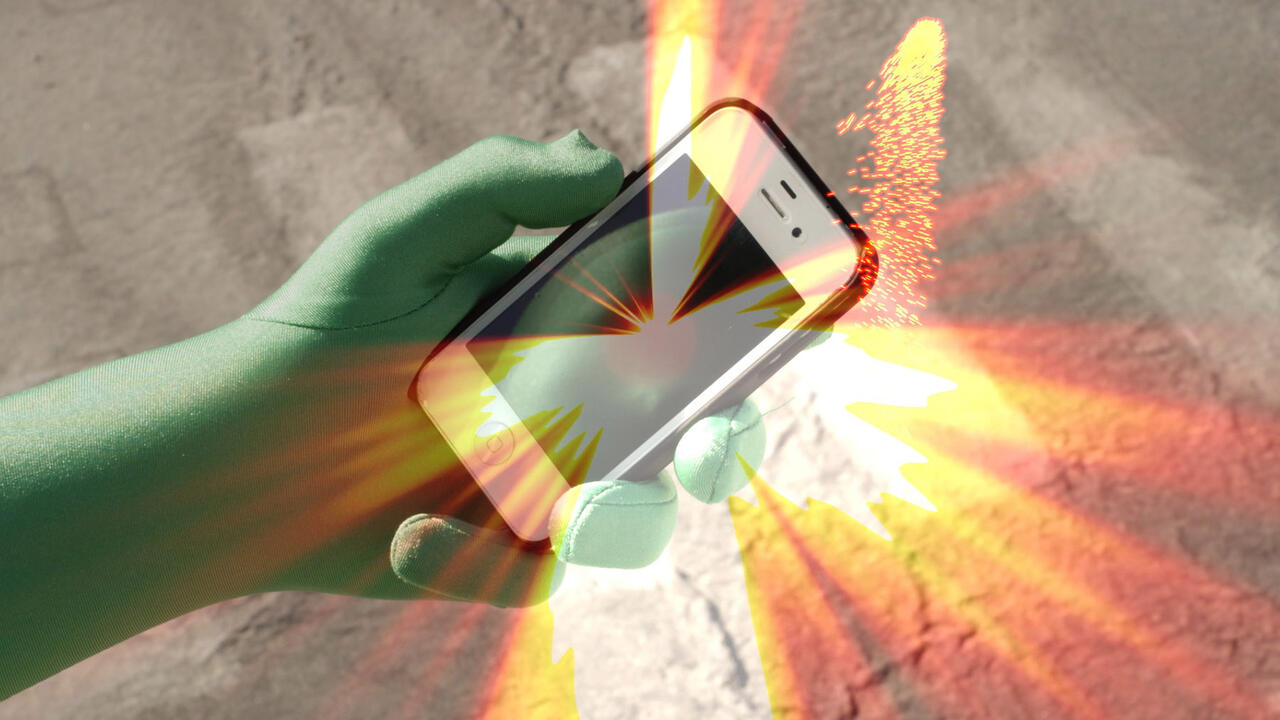Postcards from Shanghai no.3
Zhang Huan’s studio is about an hours drive outside the centre of Shanghai. ‘Studio’ is actually the wrong word: rather, it’s a compound. A former factory, spread out over several huge buildings. A welding workshop, a carpenter’s workshop, a woodcarving workshop, a huge hall for the assembly and display of huge monumental sculptures, a Kunsthalle-type warehouse space for the display of paintings and smaller sculptures. His own office is small, and very modest. Apparently he has around 60 workers on his payroll. All of which is impressive, and in line with other major Chinese artists who can afford to enlist a lot of assistants based on their international success and the low cost of real estate and labour in China. But it’s also surprising, given that for most of the 1990s and well into the 2000s he was an artist having become famous with work that usually the only medium for was his own body, and the photographic documentation of the performances realized with it.
Zhang Huan is an athletic, soft-spoken, very friendly man with a very intense pair of eyes, and without exaggeration one can say that he no doubt could be an action movie hero (in fact he does have plans for a movie project in the near future, albeit not a genre film). Me and Carol Lu, Beijing-based contributing editor of frieze, met him shortly after his return from Brussels, where he was for the premiere of his staging of Händel’s Semele at the National Opera house. Seeing some images and listening to his description, the project sounds quite fascinating: the starting point was to ship an entire Ming dynasty family temple made of ornate wood to Brussels and put it up on the stage; the second performative-conceptual idea was to ask the widow of a family associated with the temple whose husband had been executed after killing her lover to come to Brussels and wipe the stage with a broom at the beginning and end of the performance. Another temple of the type used in Brussels was put up outside, next to the woodshop; it’s quite weird that these beautiful pieces of architecture are actually up for being taken elsewhere; they’d surely be under preservation in many other parts of the world – though maybe Huan, similarly to Ai Weiwei who also works a lot with old wooden structures, should actually rather be seen as artists who are in the business of preserving rather than destroying these old structures – albeit to their own ends. (Here’s a review of the opera from the Herald Tribune, which complains about Huan’s more radical interventions, which to me sound very much key to what makes his staging interesting.)
At the point when we entered the biggest hall in Zhang Huan’s complex we encountered two huge, Buddha-like heads (one of which was actually rather modeled on the heads of the famous terracotta warriors) made largely of incense stick ashes that Huan’s team collects from the Buddhist temples in the Shanghai area (he also makes large, delicately made paintings based on Mao-era photographs with the material). As the smoke, emanating from the sculptures like from volcanic soil, vanished through an open roof top window, I had to think, even if that is inappropriate, of a film set for a more adventurous King Kong remake. It also became apparent that visiting the studio of a savvy major artist such as Huan is not the kind of ‘oh I was just working on this when you knocked on the door’ kind of experience (even if that in itself of course is often in a sense staged). Rather, it felt like a carefully choreographed tour. With a comic relief after the smokin’ giants’ heads; in the form of a hog that had famously survived for several weeks without food after last year’s terrible earth quake in the central Chinese Sichuan province (here’s the story). Now he just hangs out in a small shed, basically doing nothing, being offered a charitable home by Huan for the rest of its days – though he does work in a sense, since a life camera feeds his image to Huan’s exhibition in London’s White Cube. I guess he’d only need a Miss Piggy to be fully happy again.

Talking about bachelors, there was a funny video piece, back in the city, in what turned out to be the best (group-)show that didn’t take place in one of the big museums, but in a real estate development used interim: ‘History in the Making: Shanghai 1979 – 2009’, curated by Biljana Ciric, is a rewarding, museum-scale, museum-quality exhibition about thirty years of experimental artmaking from the city. (Press release here.) The piece in question was by Lu Chun Sheng, a video showing her walking aimlessly around the streets, continuously looking up as if for UFOs or rare birds, entitled Where are the bachelors?. Other favourites included the early abstract paintings of Yu Youhan, a video documenting a positively bonkers, slapsticky body-performance by the M-group, and a video by Jin Feng retelling real-estate speculation around an industrial building ruin in the centre of Shanghai (it looked like the one located right next to the gallery district) in form of a fairy tale (along the lines of ‘…and then the king decided to give the new land to the peasants…’). Also great was Zhou Xiaohu’s Detective Project – To Chase One’s Tail involving a bunch of private detectives ordered to chase each other, until the last one hired chases the first one, thus creating a snake biting its tail (shown in the form of a circular cctv installation). If you happen to visit Shanghai before 10 October, don’t miss that show.
Watch out for a Stockholm report soon to come.
P.S. (thank’s to Colin Chinnery, Paul Peronnin and Anton Vidokles for being such great hosts)
Zhang Huan’s studio is about an hours drive outside the centre of Shanghai. ‘Studio’ is actually the wrong word: rather, it’s a compound. A former factory, spread out over several huge buildings. A welding workshop, a carpenter’s workshop, a woodcarving workshop, a huge hall for the assembly and display of huge monumental sculptures, a Kunsthalle-type warehouse space for the display of paintings and smaller sculptures. His own office is small, and very modest. Apparently he has around 60 workers on his payroll. All of which is impressive, and in line with other major Chinese artists who can afford to enlist a lot of assistants based on their international success and the low cost of real estate and labour in China. But it’s also surprising, given that for most of the 1990s and well into the 2000s he was an artist having become famous with work that usually the only medium for was his own body, and the photographic documentation of the performances realized with it.
Zhang Huan is an athletic, soft-spoken, very friendly man with a very intense pair of eyes, and without exaggeration one can say that he no doubt could be an action movie hero (in fact he does have plans for a movie project in the near future, albeit not a genre film). Me and Carol Lu, Beijing-based contributing editor of frieze, met him shortly after his return from Brussels, where he was for the premiere of his staging of Händel’s Semele at the National Opera house. Seeing some images and listening to his description, the project sounds quite fascinating: the starting point was to ship an entire Ming dynasty family temple made of ornate wood to Brussels and put it up on the stage; the second performative-conceptual idea was to ask the widow of a family associated with the temple whose husband had been executed after killing her lover to come to Brussels and wipe the stage with a broom at the beginning and end of the performance. Another temple of the type used in Brussels was put up outside, next to the woodshop; it’s quite weird that these beautiful pieces of architecture are actually up for being taken elsewhere; they’d surely be under preservation in many other parts of the world – though maybe Huan, similarly to Ai Weiwei who also works a lot with old wooden structures, should actually rather be seen as artists who are in the business of preserving rather than destroying these old structures – albeit to their own ends. (Here’s a review of the opera from the Herald Tribune, which complains about Huan’s more radical interventions, which to me sound very much key to what makes his staging interesting.)
At the point when we entered the biggest hall in Zhang Huan’s complex we encountered two huge, Buddha-like heads (one of which was actually rather modeled on the heads of the famous terracotta warriors) made largely of incense stick ashes that Huan’s team collects from the Buddhist temples in the Shanghai area (he also makes large, delicately made paintings based on Mao-era photographs with the material). As the smoke, emanating from the sculptures like from volcanic soil, vanished through an open roof top window, I had to think, even if that is inappropriate, of a film set for a more adventurous King Kong remake. It also became apparent that visiting the studio of a savvy major artist such as Huan is not the kind of ‘oh I was just working on this when you knocked on the door’ kind of experience (even if that in itself of course is often in a sense staged). Rather, it felt like a carefully choreographed tour. With a comic relief after the smokin’ giants’ heads; in the form of a hog that had famously survived for several weeks without food after last year’s terrible earth quake in the central Chinese Sichuan province (here’s the story). Now he just hangs out in a small shed, basically doing nothing, being offered a charitable home by Huan for the rest of its days – though he does work in a sense, since a life camera feeds his image to Huan’s exhibition in London’s White Cube. I guess he’d only need a Miss Piggy to be fully happy again.

Talking about bachelors, there was a funny video piece, back in the city, in what turned out to be the best (group-)show that didn’t take place in one of the big museums, but in a real estate development used interim: ‘History in the Making: Shanghai 1979 – 2009’, curated by Biljana Ciric, is a rewarding, museum-scale, museum-quality exhibition about thirty years of experimental artmaking from the city. (Press release here.) The piece in question was by Lu Chun Sheng, a video showing her walking aimlessly around the streets, continuously looking up as if for UFOs or rare birds, entitled Where are the bachelors?. Other favourites included the early abstract paintings of Yu Youhan, a video documenting a positively bonkers, slapsticky body-performance by the M-group, and a video by Jin Feng retelling real-estate speculation around an industrial building ruin in the centre of Shanghai (it looked like the one located right next to the gallery district) in form of a fairy tale (along the lines of ‘…and then the king decided to give the new land to the peasants…’). Also great was Zhou Xiaohu’s Detective Project – To Chase One’s Tail involving a bunch of private detectives ordered to chase each other, until the last one hired chases the first one, thus creating a snake biting its tail (shown in the form of a circular cctv installation). If you happen to visit Shanghai before 10 October, don’t miss that show.
Watch out for a Stockholm report soon to come.
P.S. (thank’s to Colin Chinnery, Paul Peronnin and Anton Vidokles for being such great hosts)














